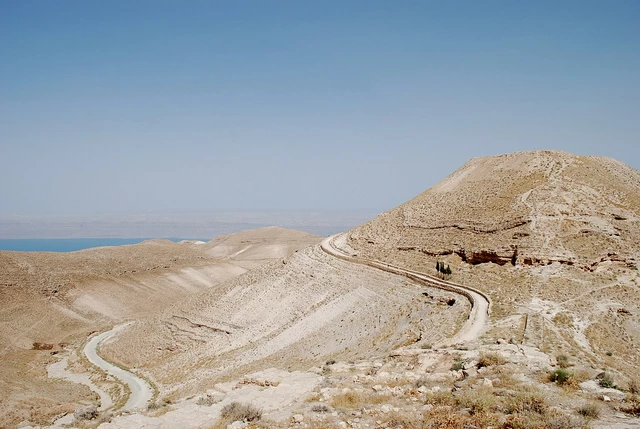Mukawir
The local name for this hilltop al-mishnaqa, the gallows carries resonances of its early notoriety, for the fort that crowns it is traditionally associated with the imprisonment and execution of John the Baptist. Dramatically situated in the hills south-west of Madaba, and overlooking the Dead Sea, the fortress of Machaerus lies near the small village of Mukawir, whose name reflects the ancient one. But the story of Machaerus is older than that of John the Baptist.
An earlier fortress was built here by the Hasmonaean ruler Alexander Jannaeus (103-76 BC) to defend his eastern territory of Peraea against the expansionist Nabataeans. So impregnable was it thought to be that Jannaeus’ widow and heir, Alexandra, stored her treasure here, But the site proved not to be inviolable — in 57 Bc, ten years after Alexandra’s death, when the region had descended into civil war between her two sons, the Romans asserted control and seized this strategic fortress, virtually demolishing it in the process.






